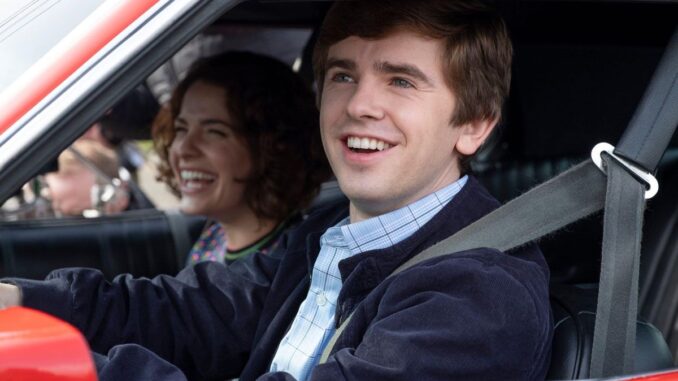
Since its premiere, The Good Doctor has drawn millions of viewers, earned praise for its emotional depth, and sparked countless conversations. At the heart of it all is Dr. Shaun Murphy—a young surgeon with autism and savant syndrome navigating the intense world of medicine. For some, Shaun is an inspiring symbol of ability and perseverance. But for others, his portrayal raises troubling questions about stereotypes, realism, and representation.
So why does one character spark both admiration and offense? The answer lies in the complexity of autism itself—and the challenge of portraying it truthfully on screen.
The Problem with the “Genius” Trope
But not everyone feels represented. One of the main criticisms from within the autistic community is that Shaun is portrayed as a savant—a person with extraordinary abilities in a specific area. While savant syndrome is real, it’s extremely rare. Most autistic people do not have photographic memory or can visualize complex surgeries in their minds.
By showcasing such a rare subset of autism, the show unintentionally reinforces the “autistic genius” stereotype. And while that may be inspiring for some, it can also be harmful.
People on the spectrum often struggle with everyday challenges—social interaction, sensory processing, communication—and when media only highlights outliers like Shaun, it may create unrealistic expectations. As one autistic adult noted: “We’re not all Rain Man. And we shouldn’t have to be brilliant to be valued.”
Is Shaun’s Character Authentic?
Another point of contention is that Shaun Murphy is played by a neurotypical actor, Freddie Highmore. While his performance is praised for its sensitivity and research, some believe that the role should have gone to an autistic actor—someone with lived experience.
Critics argue that this would bring authenticity and provide opportunities for underrepresented talent. Others counter that Highmore’s portrayal has opened doors and raised awareness that might not have happened otherwise.
Additionally, Shaun’s behaviors—his speech patterns, lack of eye contact, and emotional bluntness—don’t reflect the full spectrum of autism. Some viewers feel seen; others feel reduced to a list of symptoms.
The Ethical Dilemma of “Inspiration Porn”
Some in the disability rights movement raise concerns about the show leaning into “inspiration porn”—a term used when stories of disabled people are framed to make non-disabled audiences feel good or “grateful.”
In this view, Shaun’s struggles often become emotional lessons for neurotypical characters or moral turning points for the audience. While this might lead to greater empathy, it can also feel exploitative to some. The question becomes: Is Shaun being celebrated as a person—or being used as a plot device to make others grow?
A Show That Starts Conversations
Despite the criticism, one thing is undeniable: The Good Doctor has started important conversations about autism, inclusion, and the role of neurodivergence in high-stakes careers. It has opened the door for more nuanced representations in the future—and shown networks that stories centered on autistic characters can be both successful and meaningful.
The show is not perfect. No fictional portrayal ever is. But by listening to both the praise and the criticism, creators and audiences alike can learn how to do better.
